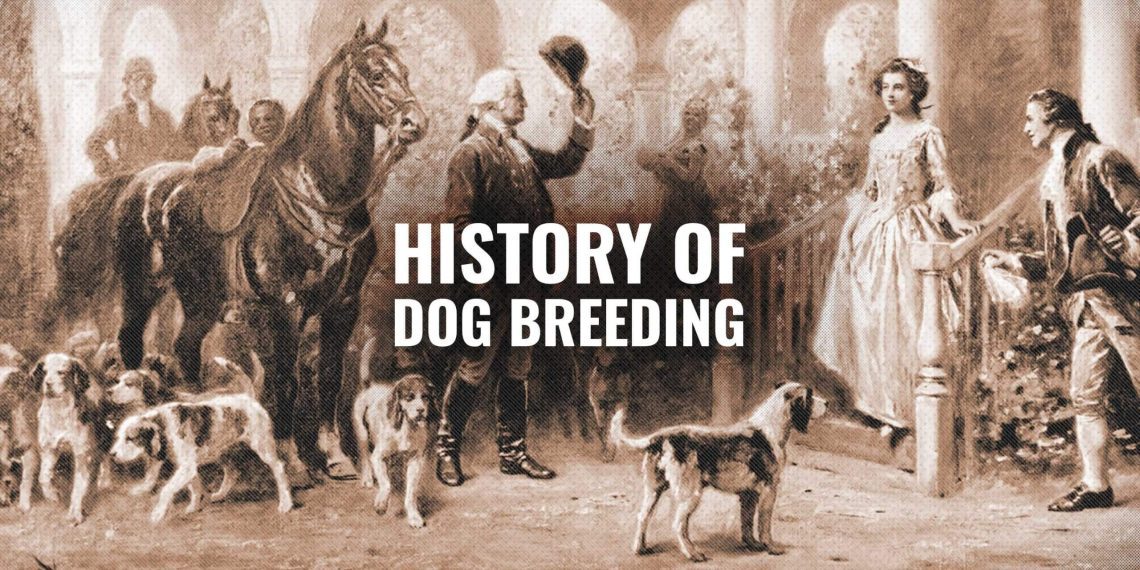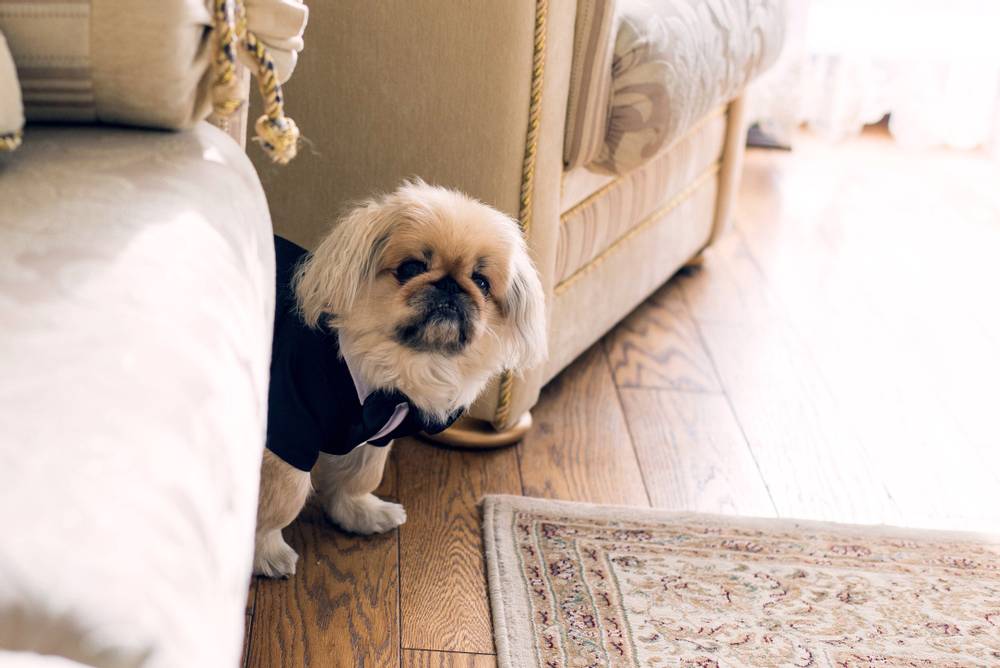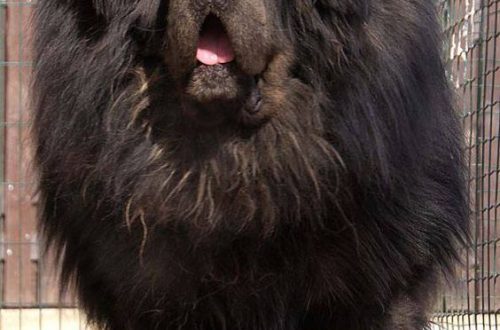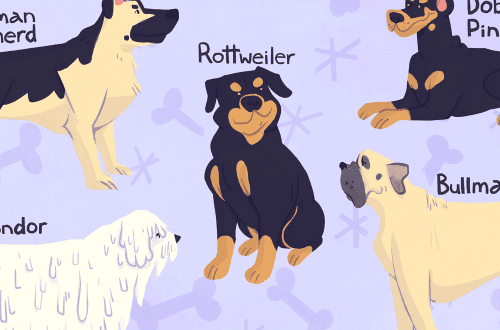
The history of decorative dog breeding

True, such an approach to decorative dogs is characteristic only of modern times. In the Middle Ages the same (today related to indoor dogs) were formidable guards and hunters. The animals have not lost their skills even now, only the need to use them has disappeared.
Although truly decorative dogs existed in antiquity. Mostly small breeds served for the entertainment of their owners, and not for any specific work (like shepherd or hunting dogs, for example). In addition to “delighting” the gaze, small dogs served as proof of the wealth of the owner and his high social status.
By the way, one of the names of decorative breeds – knee dogs – appeared precisely in the Middle Ages, when wealthy pet owners ordered their portraits with their pets, putting them on their knees. Some researchers believe that unsanitary conditions in medieval Europe contributed to the emergence of decorative dog breeding. Small dogs were designed not only to entertain rich nobles, but also to pull fleas from the owner.
The Pekingese belongs to the oldest decorative breeds, but many other indoor dogs were bred artificially, by reducing the size of working, hunting or guard dogs.
For example, hunting dogs were “reduced” for specific work – catching rats, working in holes for small animals. The reduction in the size of guard dogs was aimed at the convenience of keeping in the house.
In addition, the specificity of the use of decorative dogs also implies selection for character and temperament. A pet dog should behave pleasantly for a person and funny. A decorative pet should not be aggressive, hunting instincts should be suppressed so that the animal does not run away from the owner. Moreover, decorative breeds must be attached to the owner, actively express emotions and be highly social both in relation to humans and to other animals. If a decorative dog is aggressive and unable to get along with other family members, we can talk about improper selection, aimed solely at fixing phenotypic traits to the detriment of behavioral ones.
True, not all decorative breeds are valued only for the exterior. For example, He has proven himself in the police service in many countries. Dogs have an excellent sense of smell, therefore they are used as bloodhounds for prohibited items and substances (for example, at customs). In addition, their cute appearance does not make people tense, which is why poodles are often used in airport security.
3 2019 June
Updated: July 1, 2019





